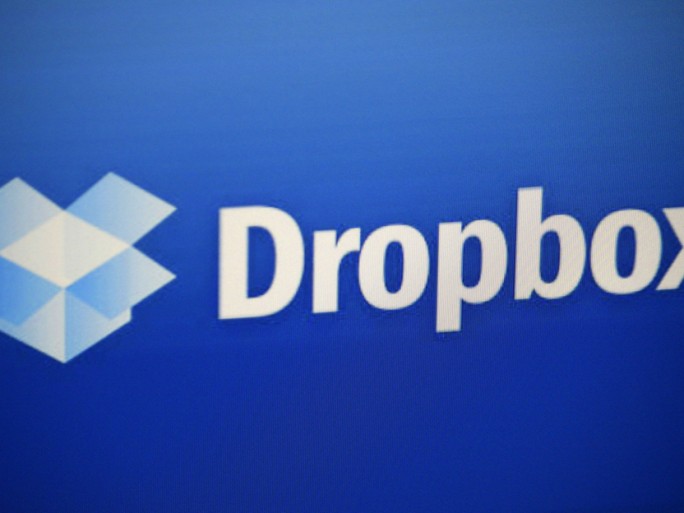Cloud storage giant Dropbox is now able to say to its customers that if they store their data on its servers, they will not be leaving a carbon footprint behind.
The firm has just revealed that in the space of little over a year since it first announced the green commitment, its data centres now run on 100 percent renewable energy.
It was back in August 2020, amid the raging Coronavirus pandemic, that Dropbox set its sustainability goals for 2030 namely achieve carbon neutrality for scope 1, scope 2, and scope 3 business travel emissions; source 100 percent renewable energy for its operations, including its data centres; support organisations working for climate action; and finally mobilise staff to use volunteer-time-off for environmental causes.
![]()
Sustainability goals
And now the firm has confirmed in a blog post that one year later it has reached its sustainability goals via its data centres.
The firm said that it recognises that its business runs on power hungry server farms, so it is aware of the impact it has on global energy consumption.
To this end the firm said all of its data centre storage server power is covered by 100 percent renewable electricity.
It achieved this goal by concentrating on three focus areas:
- maintaining best-in-class power usage effectiveness (PUE);
- optimising overall power consumption;
- sourcing more renewable energy.
“We’re proud to say that our PUE rating is top of the class in our industry – by 2020, we were operating at 17 percent below the industry average,” said the firm. “We achieved this by implementing outside air economisation and thermal containment solutions and by maximising power utilisation throughout our spaces.”
Specific steps
Dropbox said it has also optimised its power consumption is by quickly powering down decommissioned hosts.
“At our data centres, we have a continuous flow of servers that reach their end of life,” said the firm. “Our engineers used to decommission those servers manually. We’re now leveraging a new Pirlo system that automatically powers down a server host immediately after it’s out of service. This has saved us an estimated 5 percent in power over each server’s lifespan.”
Dropbox also said that it has servers that sit in an idle state but use power, despite not being being allocated to a specific service.
“We’re in the process of introducing a new state in our data centres, HDD standby, which will yield approximately 50 percent power savings on storage hosts and 25 percent on HDFS hosts, while still allowing the servers to be accessible if needed,” said the firm.
It also said it was reducing its overall energy use by finding the right amount of capacity needed on its servers. To this end, it has expanded the team that monitors supply and demand and moved to a monthly planning model so that it can ensure capacity is being properly used at all times.
Dropbox also said it was working on improving its orchestration platforms to maximise the overall resource usage, improve efficiency, and lower energy utilisation during peak hours.
And lastly the cloud storage giant said it was improving its storage platform so that it has 43 percent more storage capacity.
Renewable energy
Dropbox said that sourcing more renewable energy for its data centres can be a challenge in certain markets, but it is “actively partnering with public utilities and landlords, as well as our cloud partners, to make sure we’re meeting these goals globally.”
Dropbox said that in the last year and a half, it has reduced its data centre carbon footprint by 15 percent.
In the coming years, it will “continue to find smart, innovative ways to cut back and reach our overall sustainability goals by 2030,” it concluded.




